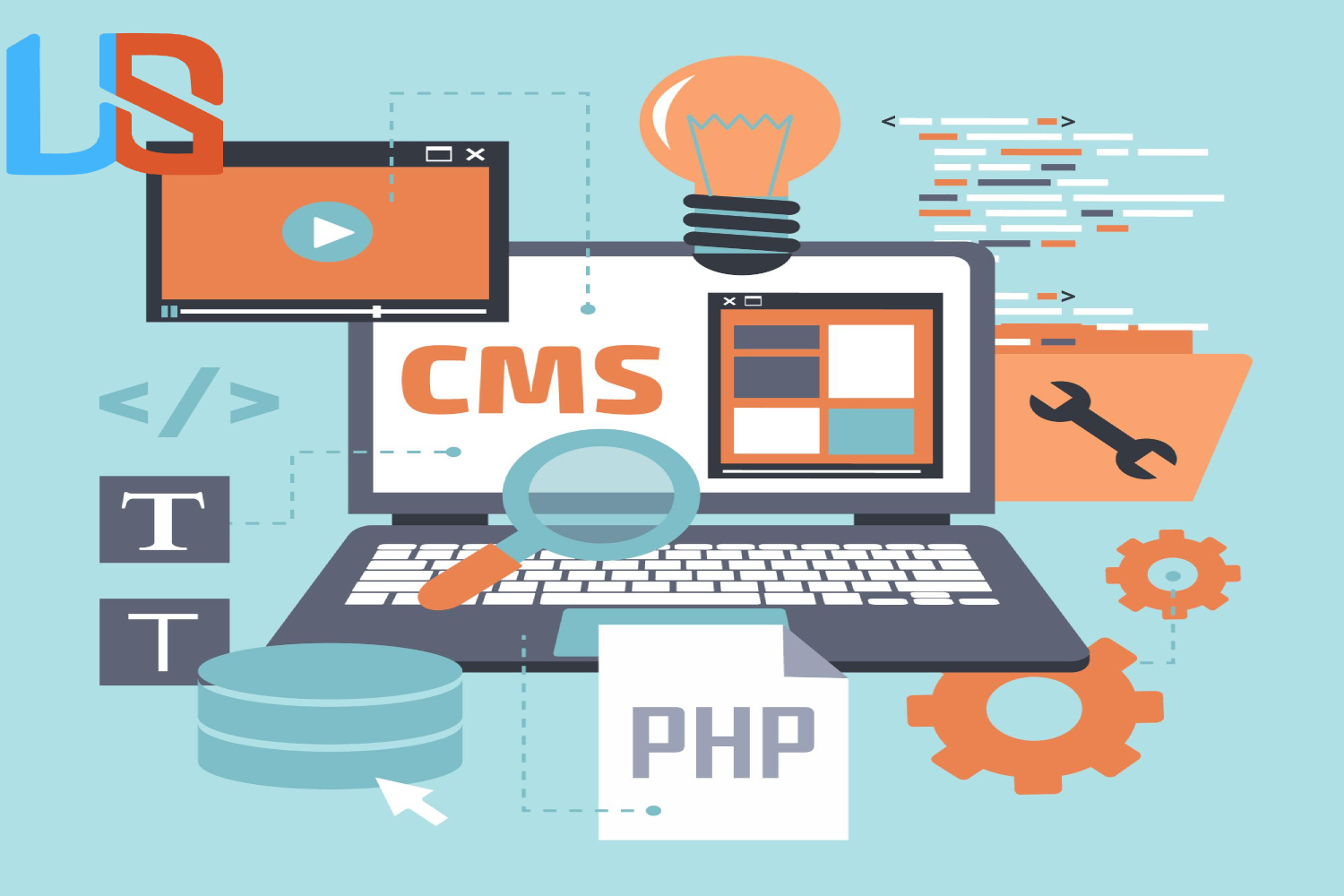
Introduction
Front-end development is a crucial aspect of web development that focuses on creating the user interface and user experience of a website. It involves designing and implementing the visual elements and interactions that users see and interact with directly. To excel in front-end development, developers must master various technologies and tools that empower them to build responsive, user-friendly, and visually stunning websites. In this article, we will explore the key technologies and tools that front-end developers should embrace to master their craft.
1. HTML (Hypertext Markup Language)
HTML is the foundation of front-end development. It provides the structure and content of a web page, defining the layout of text, images, and multimedia elements. Front-end developers must have a deep understanding of HTML to create semantically structured and accessible web pages.
2. CSS (Cascading Style Sheets)
CSS is responsible for the presentation and styling of HTML elements. It allows developers to control the layout, colors, fonts, and other visual aspects of a website. Understanding CSS is essential for crafting visually appealing and responsive designs that adapt to various screen sizes.
3. JavaScript
JavaScript is a powerful scripting language that adds interactivity and dynamic functionality to web pages. It enables developers to create interactive elements, handle user actions, and build complex web applications. Mastering JavaScript is essential for creating engaging and user-friendly front-end experiences.
4. Responsive Web Design
With the proliferation of mobile devices, responsive web design has become a fundamental skill for front-end developers. It involves creating flexible and adaptable layouts that adjust seamlessly to different screen sizes and devices. Techniques like media queries and flexible grids are used to achieve responsiveness.
5. CSS Preprocessors
CSS preprocessors like Sass and Less extend the capabilities of standard CSS. They introduce features like variables, mixins, and nesting, making CSS code more maintainable and organized. Front-end developers often use preprocessors to streamline their CSS workflow.
6. Front-End Frameworks
Front-end frameworks like Bootstrap and Foundation provide a set of pre-designed components and styles that can be easily integrated into a website. These frameworks expedite development and ensure consistency across projects.
7. Version Control Systems (Git)
Version control systems, particularly Git, are essential tools for collaboration and code management. Front-end developers use Git to track changes, manage different versions of their code, and work effectively in teams.
8. Browser Developer Tools
Modern browsers come with built-in developer tools that allow front-end developers to inspect and debug their code directly in the browser. These tools provide real-time feedback, helping developers fine-tune their designs and fix issues efficiently.
9. Package Managers
Package managers like npm (Node Package Manager) and yarn simplify the process of installing, updating, and managing third-party libraries and dependencies. They are indispensable for front-end developers working with various libraries and frameworks.
10. Build Tools and Task Runners
Build tools such as Webpack and task runners like Gulp automate repetitive tasks like minification, bundling, and code optimization. They streamline the development process and improve overall efficiency.
11. Web Accessibility (WCAG)
Front-end developers should be well-versed in web accessibility guidelines (WCAG) to ensure their websites are inclusive and usable for all users, including those with disabilities.
12. Performance Optimization
Optimizing website performance is crucial for delivering a seamless user experience. Front-end developers should understand techniques like image optimization, lazy loading, and code splitting to enhance page load times.
13. Browser Compatibility
Front-end developers must test their websites across different browsers and devices to ensure compatibility and consistent behavior.
14. Front-End Testing
Implementing testing methodologies, such as unit testing and end-to-end testing, helps front-end developers identify and fix issues early in the development process.
Conclusion
Mastering the art of front-end development requires continuous learning and staying updated with the latest technologies and tools. By honing their skills in HTML, CSS, JavaScript, and responsive web design, and leveraging the power of frameworks, preprocessors, and version control systems, front-end developers can create exceptional user experiences and build the user interfaces of the future.





